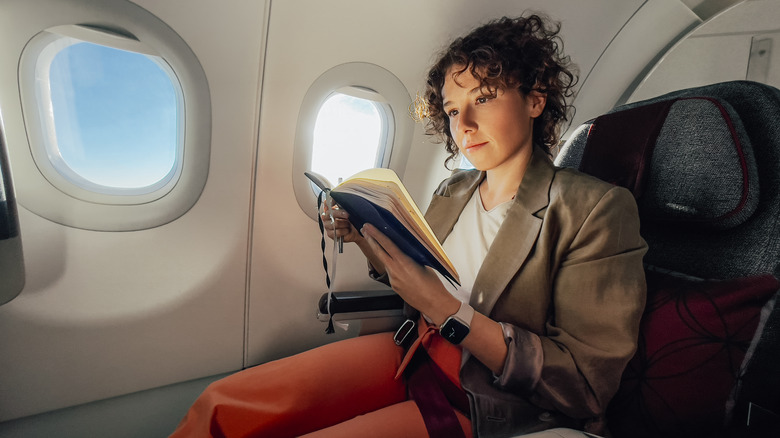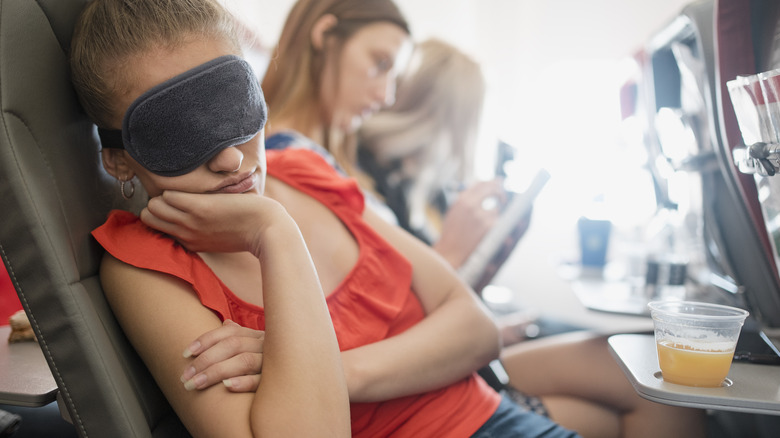Travel Guides International Travel Etiquette
Izusek/Getty Images
Eva Criscuolo
Feelings about interacting with a seatmate on a flight can vary widely. For some, it’s an exciting opportunity to get to know a fellow traveler. However, for others, the thought of being obligated to endure a stranger’s non-stop chatter, especially during a flight, can be daunting and akin to torture. If you are in the latter category, you may be wondering how to politely avoid any unnecessary and unwanted chit-chat.
One way to handle it would be to take TikToker @izzychen’s advice and transform the beginning of your flight into a rejuvenating self-care experience. Prioritize your well-being and create a double-duty pampering kit for yourself before takeoff. Begin by stowing some indulgent face masks in your purse or backpack. Select your favorite face mask to achieve an optimal relaxation effect. Additionally, you can opt for a COVID-friendly face mask and sleep-friendly eye mask. With everything covering your face, you are really sending a clear message that this is a time you want to focus on yourself and not others. But rest assured, donning a face mask and covering your eyes is only one way to get out of five hours of chit-chat.
Creating a personal world

Freshsplash/Getty Images
No matter why you’re traveling, it’s completely normal to desire some alone time during your flight — to give yourself time to rest or daydream about upcoming plans. One way to make that happen? By creating your own personal bubble of privacy.
Consider opting for the window seat (one fewer person on either side of you) and incorporating noise-canceling headphones or earplugs into your flight routine. Utilize the opportunity to finally dive into that book you’ve been meaning to read or take out your phone or laptop for journaling or productive work.
Psychology Today explains that body language can give people insight into what you may be thinking and emoting. So, try shifting your body away from others to signal you aren’t in the mood to interact. To accentuate your desire for solitude and to convey that you prefer not to engage socially, minimize eye contact and reserve smiles for essential and courteous moments only. Maintaining a predominantly neutral expression will effectively communicate to others that you’re not open to casual conversations.
Maintain your boundaries

Solstock/Getty Images
If a person does end happen to misconstrue your intentions and tries to begin a conversation with you, it’s important to maintain your boundaries. Extend polite acknowledgment to the person and respond to their remarks, but tactfully keep your answers concise and to the point. This approach will naturally lead to a quicker conclusion of the conversation.
Additionally, TikToker, @everydayarmor has a cunning escape plan for you in the worst-case scenario. If you find yourself caught in an endless, unwanted chat, unleash the mighty “feminine emergency” card or declare an urgent call from nature, and watch the conversation vanish like magic. To further gracefully navigate an unwanted conversation, you can take inspiration from TikToker, @merrazii’s clever suggestion by donning a sleeping mask that boldly displays the words “Do Not Disturb.” This approach clearly communicates your desire for privacy and ensures a more peaceful remainder of your journey.

